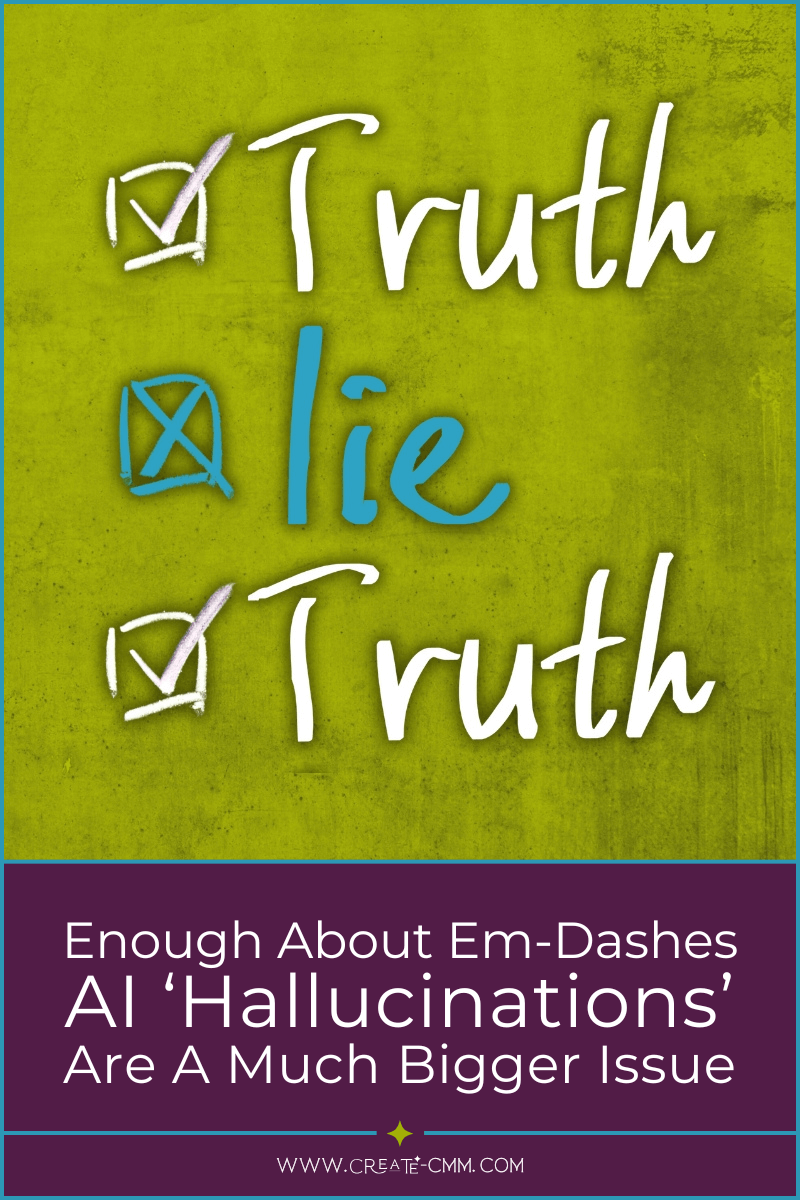Banishing All Typos Is An Uphill Battle, But Frequent Typos May Harm Your Brand
Typos can be funny—funny when you discover them in someone else’s content, that is. Not so much when they are in yours.
On one hand, typos in any form of written content are inevitable—no content is 100% perfect, 100% of the time. On the other hand, recurring typos can damage a brand’s credibility.
A road sign recently erected in Pennsylvania pointing the way to Central Philadelphia misspelled the first word as “Cenrtal”. The typo made international headlines, the Pennsylvania Department of Transportation apologized and quickly corrected the sign, and life went on. Mistakes happen—not often writ that large—but they happen.
Most creators behind branded content care about the product they create and know that its quality will be seen as a reflection of the client (not to mention their own reputations). Frequent typos in in content can send the wrong message to would-be clients, especially where attention to detail is part of the essential service clients are looking for from the organization on—as is the case with lawyers and law firms. Yet, spell checkers and grammar programs—even those that are AI-enabled—don’t always catch typos or flag the wrong usage of a correctly spelled word. Human proofreaders are the unsung heroes of content writing but they aren’t infallible. And using a proofreader may not even be part of the content process employed by many organizations where speed of messaging or cutting costs are at play.
Readers don’t know or care that editorial resources are often stretched thin, however. They just think less of the brand.
Mistakes appear in even the most expensive and meticulously crafted writing. Take this year’s Super Bowl championship rings made for the Kansas City Chiefs. Diamonds, rubies and symbolic details cram every surface of the rings. Someone spied an error on the inside of the ring in the listing of the four playoff games won by the Chiefs and it made news.
Writers and editors must closely scrutinize content because it’s a safe bet that once the words are out in the wild, there’s a legion of people waiting to pounce on a typo. In fact, as I researched this blog post, I found an account on the platform formerly known as Twitter that reports typos in The New York Times (@nyttypos). The account is helmed by an appellate lawyer (which doesn’t surprise me in the least). I’m simultaneously impressed by this guy’s commitment and aghast by all the errors he finds.
I also shuddered when I read recently about a U.K. regional government that decided to phase out apostrophes in street signs. The North Yorkshire Council dropped the punctuation because it caused problems in its computer database. So, for example, the street sign for St. Mary’s Walk became St Marys Walk—which looks like a typo. I also noticed the updated sign pictured in the article dropped the period in the abbreviation for “saint,” although that didn’t seem to cause any outrage.
An uproar over the removed apostrophes ensued, including international media coverage and condemnation by the U.K.’s Apostrophe Protection Society—mission since 2001: “to preserve the correct use of this important, though much misused, item of punctuation.” Residents quoted in a BBC article did not approve of the council’s move. “I think we should be using apostrophes,” one resident said. “If you start losing things like that then everything goes downhill doesn’t it?”
I was pleased to read that an unknown grammar warrior immediately whipped out a black marker and put the apostrophe back in the St. Mary’s Walk sign. The North Yorkshire Council reconsidered its decision and reinstated the apostrophes a week later.
Typos are often little more than a glaring mistake that doesn’t obscure the content’s message—like the “Cenrtal Philadelphia” sign. Yet recurring errors can damage a brand’s reputation and even perceived typos have an insidious power to lower readers’ opinions about the brand. If typos appear regularly, where else is the brand dropping the ball?
As aggravating as stray typos can be, they’re an inescapable fact of content creation. All editors and writers can do is stay committed to turning out the best copy possible, every time.
Otherwise, content creation really would go downhill, wouldn’t it?
Featured Articles





